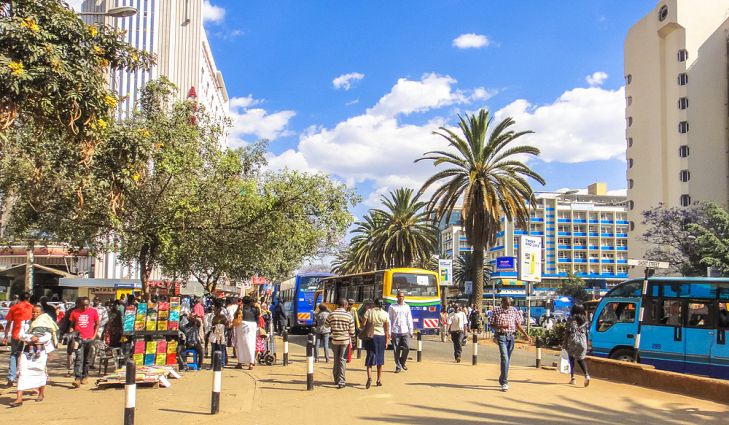A new report from the World Bank exploring remittances during the Covid-19 period has offered insights into how inflows have been affected by the pandemic.
The report titled ‘COVID-19 Crisis Through a Migration Lens‘ projected that remittance inflows to low‐and middle‐income countries (LMICs) would decline by 7.2 per cent, to $508 billion (Ksh55.32 trillion) in 2020, followed by a further decline of 7.5 percent, to $470 billion (Ksh51.18 trillion) in 2021.
Remittance flows to Sub-Saharan Africa were projected to decrease by 8.8 per cent from $48 billion (Ksh5.2 trillion) to $44 billion (Ksh4.79 trillion). The drop was blamed on the pandemic, movement restrictions and the dire shocks of Covid-19 on the global economy.
In Sub-Saharan Africa, Kenya had the third highest remittance inflows by total amount at $2.9 billion (Ksh315.8 billion), coming after Nigeria and Ghana who received $21 billion and $3.2 billion respectively. Notably, however, Kenya was the only country in the region where remittances did not decline, having stood at $2.546 billion (Sh256. 4 billion) in 2019.
“Kenya is the only country in the region where remittance inflows have so far been countercyclical to the crisis, though flows are likely to eventually decline in 2021,” the report read in part.

The report noted that immigrants in countries in Europe, the Gulf and North America were generally more exposed to loss of income, job losses and redundancies during the pandemic.
“The adverse effects of the crisis in terms of loss of jobs and earnings, and exposure to and infection with
COVID‐19, have been disproportionately high for migrants, especially those in informal sectors and
lower‐skilled jobs.
READ>>>>>Visa and TerraPay Partner to Drive Domestic Remittances
“Having jobs has not shielded migrant workers from income losses during the crisis,” it observed.
In addition, the report singled out Sub-Saharan Africa as the region where it was most expensive to send remittances.
Sending $200 (Ksh20,000) in remittances to Sub‐Saharan Africa costs on average 8.5 per cent in 2020, a slight decrease from 9 per cent a year earlier.
Governments were advised to make efforts to facilitate remittance inflows, particularly in countries where remittances represent a large share of GDP.
South Sudan, for example, was the highest recipient of remittances by share of GDP, at 35.4 per cent.
In April, the Central Bank of South Sudan launched its first international mobile money service dubbed M‐
Gurush to facilitate remittance inflows and outflows within and beyond the continent.
It was also reported that, for the first time in recent history, new migration had slowed as return migration increased.
“Initially, the lockdowns and travel bans left many migrant workers stranded in their host countries, unable to travel back.
“Later in the year, however, return migration was reported across all parts of the world. Furthermore, rising unemployment in the face of tighter visa and mobility restrictions was likely to result in a further increase in return migration,” the World Bank noted.
SEE ALSO>>>>>Equity Bank Diaspora Remittances Share Hits Sh66.6 Billion













Leave a comment